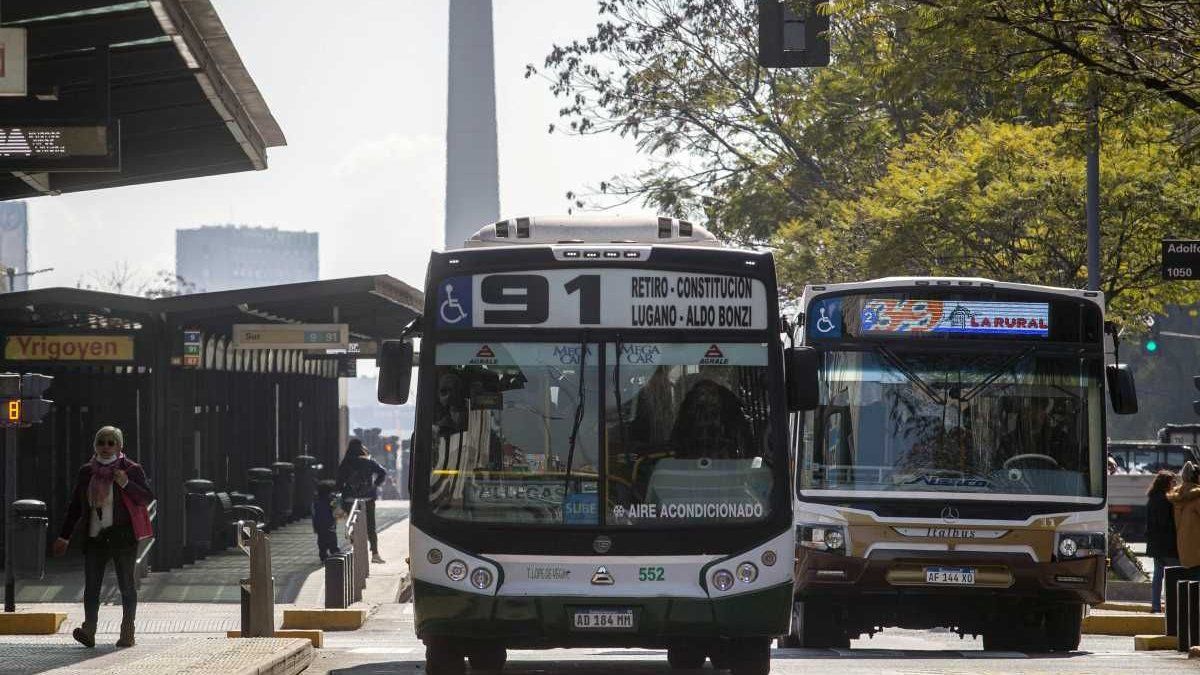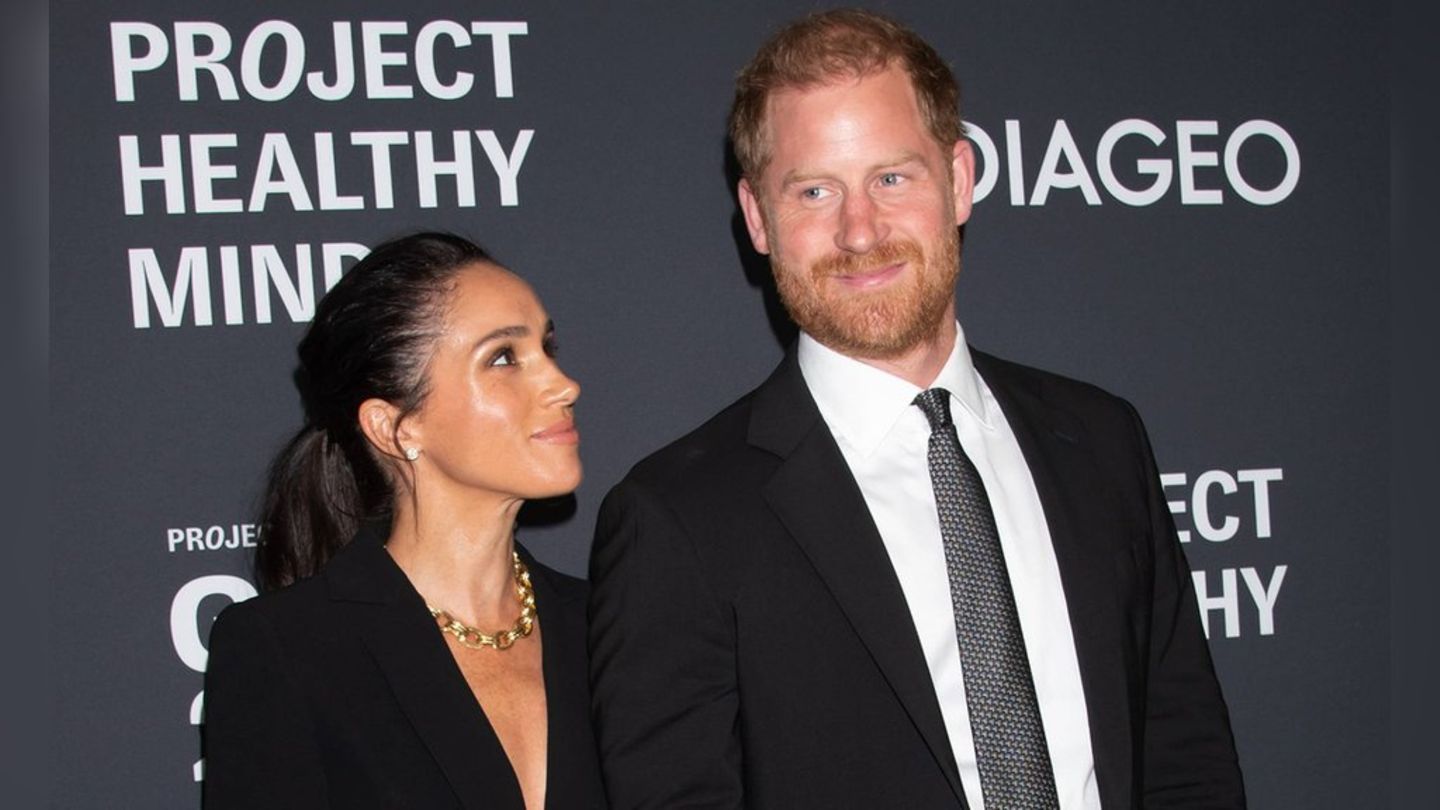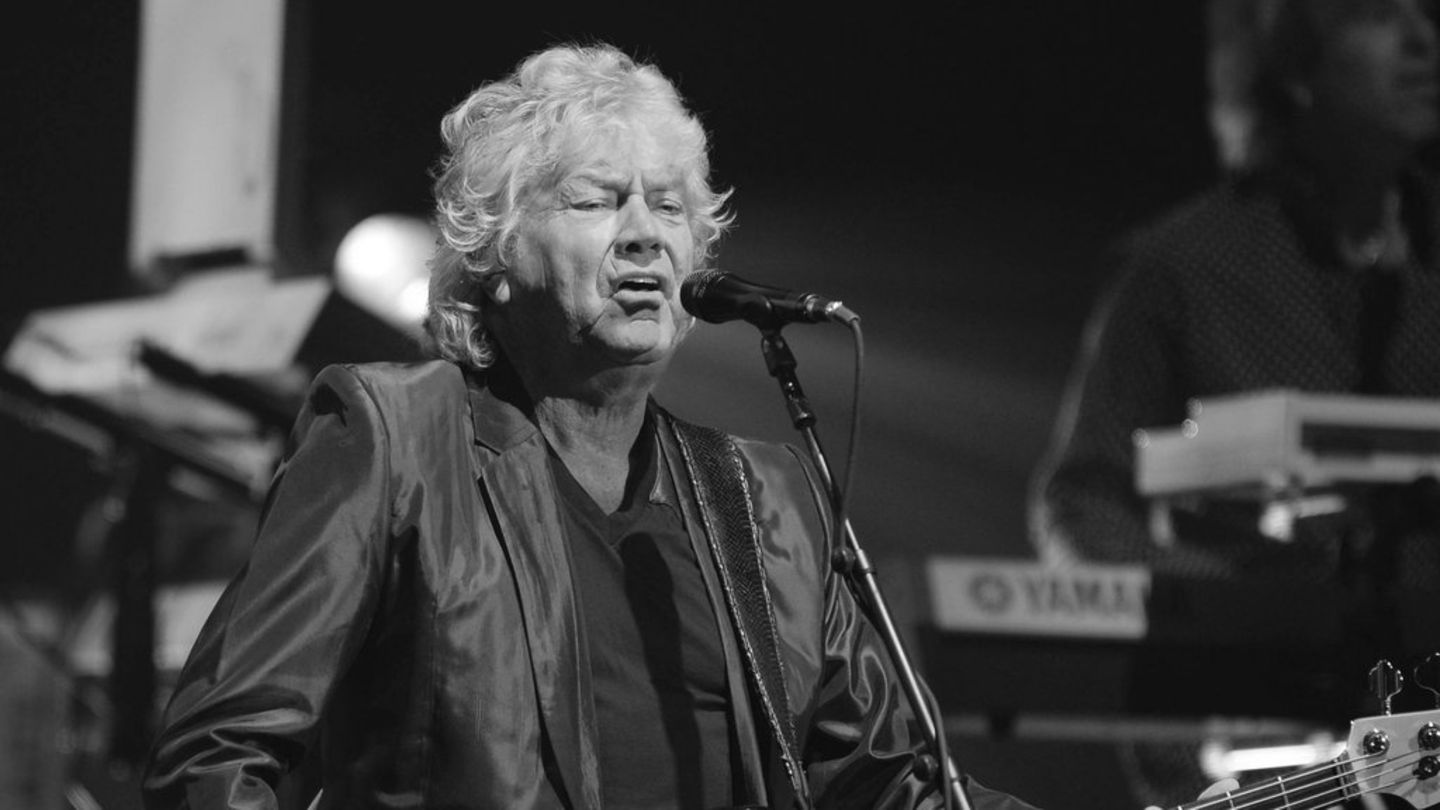In its “Monitor of transport subsidies of the National Administration”the bicameral entity specified that the total transfers to the area (automotive, railway, commercial aviation and the rest) reached last year a $357,891 million. Of that figure, 52.85% ($189,132 million) corresponded to the trains42.04% ($150,450 million) to collective and 1.84% ($6,600 million) to planeswith the rest corresponding to 3.27% ($11,710 million).
Also, as of October 2022, the average collection per bus passenger throughout the country was $17.92while the average technical fee without compensation was $154.
Change in the composition of subsidies
The distribution of transport subsidies He showed in 2022 a change in its compositionaccording to the OPC Monitor, since those destined for historically the automotive sector were the main. In this regard, in 2021 concentrated 39.04% of the total, compared to 32.20% of the railway sector and from 24.32 of aerocommercial.
In previous years, the participation of motor transport in total transport subsidies it was even biggerwith 57.31% in 2018 and 61.38% in 2017.
At constant values -always considering the accrued expense- transport subsidies in general had a drop of 22.60% in 2022 In relation to those of 2021, with a drop of 13.81% in those destined for the automotive sector, an increase of 22.24% in those sent to railways and decreases of 94.13% in the commercial air and 41.74% in the rest.
in 2022Transportation subsidies represented 2.25% of the total expenditure of the National Public Administration and the 17.8% of all economic subsidiesaccording to the OPC Monitor.
Source: Ambito
David William is a talented author who has made a name for himself in the world of writing. He is a professional author who writes on a wide range of topics, from general interest to opinion news. David is currently working as a writer at 24 hours worlds where he brings his unique perspective and in-depth research to his articles, making them both informative and engaging.




